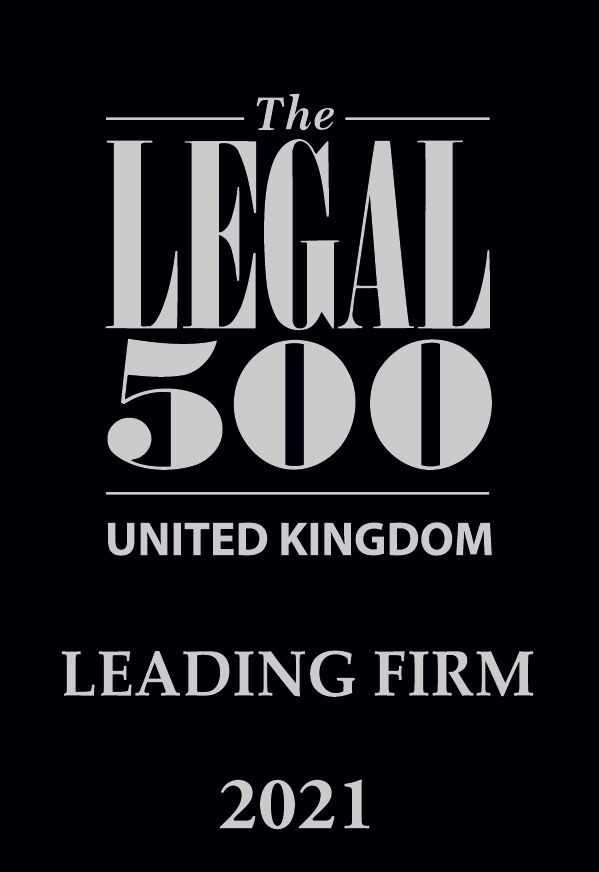Blog
Direct discrimination | What employers need to know

So what’s the difference? In this article, we take a look at direct discrimination, including the legal definition, some practical examples, and whether or not it can ever be justified.
What is direct discrimination?
Direct discrimination occurs when a prospective or actual employee is treated less favourably than others on the basis of any of the nine “protected characteristics” specified in the Equality Act (EqA) 2010.
These are:
- Age
- Disability
- Race
- Sex
- Religion or belief
- Marriage and civil partnership
- Pregnancy and maternity
- Sexual orientation
- Gender reassignment
For example, choosing to promote a male employee instead of a female employee who is more qualified for the position may constitute direct sex discrimination.
Direct discrimination also occurs when:
- A person is treated less favourably based based on a perceived protected characteristic (known as discrimination by perception), e.g. discriminating against someone because you assume they are gay; and
- Someone is treated less favourably because they are connected to someone with a particular protected characteristic (known as discrimination by association).
Do you need support?
Speak to us for an honest, no obligation chat on:
0345 226 8393 Lines are open 9am – 5pm
Less favourable treatment
In order for direct discrimination to apply, it must be demonstrated that the employee was treated less favourably then a real or hypothetical comparator – someone who doesn’t possess the same protected characteristic.
If an employer treats all of their workers poorly, there will be no less favourable treatment, so an employee would not be able to argue direct discrimination. Of course, if this poor treatment is in itself unlawful, the employee may have grounds for other types of claim.
Additionally, treating employees differently does not necessarily equate to less favourable treatment. In regard to dress code rules, for example, it is permissible for employers to set different requirements for men and women provided the rules don’t place either at a disadvantage.

Because of a protected characteristic
Direct discrimination only applies where a protected characteristic is involved.
For example, if a worker is treated less favourably because they have tattoos, this will not be considered discriminatory under the EqA because the less favourable treatment is not related to a protected characteristic. On the other hand, if an employee is denied training opportunities because they are over 50, this can amount to discrimination under the EqA because age is a protected characteristic.
What about more favourable treatment?
The law states that it is not unlawful to:
- Treat someone more favourably because of their disability, as compared with a non-disabled person;
- Afford women special treatment in connection with pregnancy or childbirth.
As these forms of preferential treatment are permitted, aggrieved employees who don’t possess these characteristics cannot bring a claim for direct discrimination.
Can direct discrimination ever be justified?
Direct age discrimination is the only form of direct discrimination that can be justified. This is perhaps because age is the only characteristic that changes throughout a person’s life, meaning everyone could potentially benefit from age-related preferential treatment at some time or another.
Claims for direct age discrimination may be defended if an employer can objectively justify its actions. To rely on a justification defence, the employer must be able to demonstrate that the difference in treatment was a proportionate means of achieving a legitimate aim. Unfortunately, there is no definition of what this means, and it will be for an Employment Tribunal to decide whether an employer’s stated aim is indeed legitimate, and further, whether there was less discriminatory ways of achieving that aim. If there were, it is likely that an employee’s claim will succeed.
Importantly, the Equal Treatment Directive 2000 states in cases of direct age discrimination, an aim will only be legitimate if it relates to “employment policy, the labour market or vocational training” and not “purely individual reasons particular to the employer’s situation, such as cost reduction or improving competitiveness”. This sets the bar high for employers, and reinforces the value of taking advice from an Employment Law specialist before acting.
What's the risk?
Workplace discrimination may land you with a complicated grievance to deal with, or worse, an Employment Tribunal claim.
As a first port of call, employees who feel as though they are being discriminated against in the workplace may raise a grievance with their line manager. It may be that the issue can be resolved quickly and efficiently by talking through the problem; however, if it can’t, a formal grievance procedure may be necessary.
The first step when faced with a discrimination complaint is to ask the employee to submit a formal grievance outlining the nature of their complaint. From there, you will need to arrange a grievance hearing to give the employee the opportunity to explain their concerns in more detail. You may need to carry out an investigation to establish all the relevant facts, which will typically involve speaking to witnesses of the alleged discrimination, collating documents and gathering evidence. Once the investigation has concluded, if the employee’s grievance is upheld, you will need to decide on appropriate action. Depending on the complaint, this may range from amending the employee’s terms to taking disciplinary action against the perpetrator of the misconduct.
It’s important that grievances are handled carefully so as not to invite Employment Tribunal claims. This means taking a fair and consistent approach to all grievances and ensuring your investigation is thorough and unbiased.
In 2019, the average award for disability discrimination was £28,371. It therefore pays to ensure your workplace is a discrimination-free zone, and to address any issues as soon as they come to light, to prevent considerable financial expense – not to mention the significant time involved in defending a claim.
Expert tip: Your equal opportunities policy should include a statement outlining your commitment to ensuring that all of your employees and job applicants are protected from discrimination. You should state that all forms of discrimination based on the protected characteristics of the Equality Act 2010 will not be tolerated and make sure that all employees have read and understand this policy.
Expert Employment Law support. Exceptional value for money.
Getting to grips with the nuances of employment law is no easy task. With new case law constantly emerging, even the most clued-up employers will need specialist support from time to time, particularly with complex matters such as discrimination.
At WorkNest, we help employers to reduce legal risk on a daily basis by providing pragmatic, commercial advice on all their employment challenges. We assign dedicated, legally-qualified Employment Law Advisers, who will support and guide you through any issues you come up against, helping you to achieve your preferred outcome quickly and compliantly.








